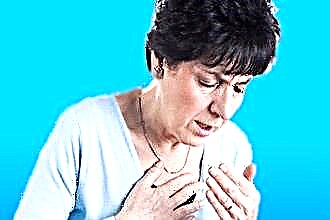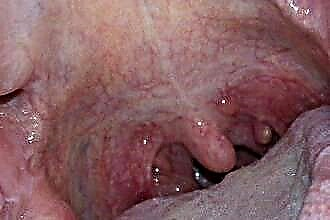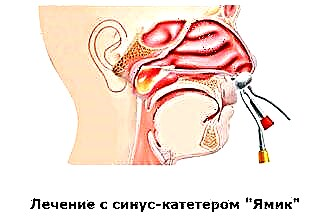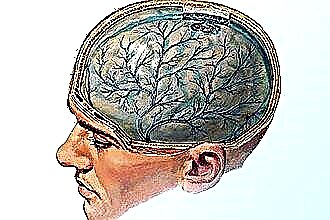Mortality from cardiovascular diseases (CVD) in the world is in first place and accounts for 31% of the total morbidity. Some heart diseases lead to disability, which sharply worsens the quality of life of people, and is also economically disadvantageous for the state. Therefore, you need to think about looking for effective methods to prevent pathology.
List of heart diseases
This table shows the changes and a list of violations that relate to them.
| Changes | Diseases |
|---|---|
| Inflammatory |
|
| Ischemic |
|
| Heart rhythm disorders | Arrhythmias:
|
| Cardiomyopathies |
|
| Disorders of the anatomical structure of the heart | Congenital heart defects:
|
| Heart failure |
|
| Arterial hypertension (high blood pressure) |
|
| Diseases of the aorta |
|
Causes of development of heart disease and symptoms associated with their occurrence
Symptoms and causes of these heart diseases are the most common in the general population. But it should be said that the origin of some violations cannot be determined. This is especially true for those that occur with inflammation of the heart muscle and valve apparatus. Regarding the symptomatology: it may not be present at the onset of the disease, or the patient does not always pay attention to the deterioration of health. This leads to the progression of the disease, difficulties in its treatment, a decrease in the quality of life and an increased risk of mortality.
| Changes | Causes | Signs of heart disease |
|---|---|---|
| Inflammatory |
|
|
| Ischemic (ischemic heart disease) |
|
|
| Heart rhythm disorders |
|
|
| Cardiomyopathies |
|
|
| Disorders of the anatomical structure of the heart |
|
|
| Heart failure |
|
|
| Arterial hypertension |
|
|
What are the fatal and very serious heart diseases?
Among all heart disorders, there are those that threaten the health and life of a person more than others. How the disease will develop and form the prognosis for each individual patient depends on many factors:
 age;
age;- floor;
- the severity and stage of the disease itself;
- the presence of concomitant diseases;
- quality and timeliness of treatment and medications;
- the patient's lifestyle.
But still, the most dangerous, fatal diseases include:
- Ischemic heart disease. Its progression leads to myocardial infarction, some forms of which are fatal, as they lead to life-threatening arrhythmias, rupture and cardiac arrest.
- Congenital heart defects: with some anatomical changes, the organ is not able to cope with its function.
- Cardiomyopathies - more often than other diseases lead to heart failure, which, in turn, leads to death.
- Heart cancer.
- Ventricular tachycardia and fibrillation - lead to cardiac arrest.
- Complete atrioventricular block (causing bradycardia and cardiac arrest).
- Aortic dissection and aneurysm.
- Pulmonary embolism (PE).
It is important to remember that pericarditis, myocarditis, acquired heart defects, etc. can also be fatal if left untreated.
What symptoms speak of severe heart pathologies?
Signs that are observed in complex heart diseases:
- Loss of consciousness.
 Dyspnea.
Dyspnea.- Severe chest pain.
- Blue hands, legs, lips, face.
- Strong heartbeat.
- High or low pressure.
It is very important to know the above symptoms in order to recognize and take the right action at the pre-medical stage in order to avoid a bad outcome.
Conclusions
Heart disease today is a rather urgent problem all over the world. Prevention is the only method to prevent death and disability.
It should be aimed at:
- reducing stress;
- normalization of sleep and nutrition;
- increased physical activity;
- rejection of bad habits;
- an important aspect is working with a psychologist (since the psychological factor influences the occurrence of many diseases).
Correction of such factors can improve the early detection of the disease based on a thorough analysis of the data obtained during the diagnosis. As a result, a complex of therapeutic measures is formed, according to the data of clinical protocols, which will slow down the progression of pathology. If necessary, therapy is carried out in a cardiological hospital.

 age;
age; Dyspnea.
Dyspnea.

